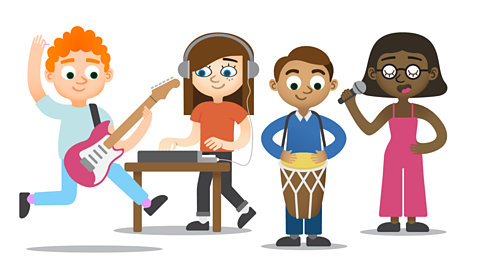Staying safe in the digital world
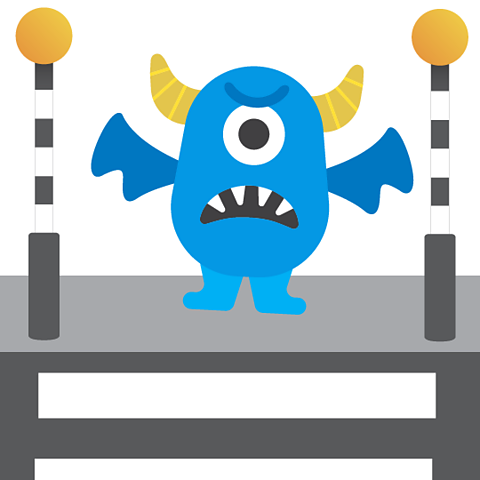
We protect ourselves from danger and harm in lots of different ways.
If it's freezing outside, we protect ourselves from the cold by wearing a warm coat.
When crossing a busy road, we always use crossings or look for a safe place to cross.
When using digital deviceA machine or a device with a computer inside, that has been programmed for a specific task. and computerA device that processes information by following a set of rules called a program., it's important to know how to keep our friends, families and ourselves safe.
However, did you know that the digital devices themselves might be in danger?

Hardware and software
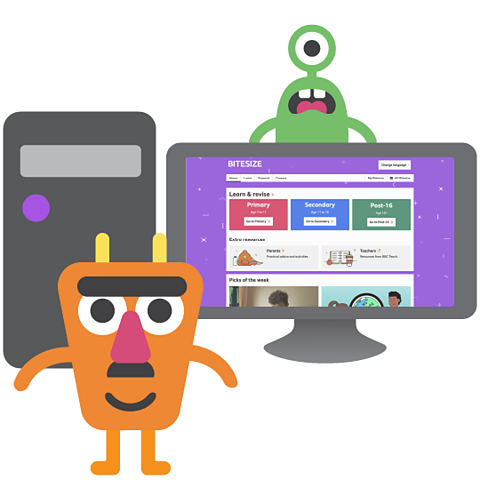
Devices are made up of two separate parts - hardwareThe physical parts of a device that you can see and touch. and softwareThe programs and information that help a computing device work properly..
Hardware is the physical parts of the device, that we can see and touch (including the inside of the computer).


The software is the information and programA sequence of instructions written in a coding language that a computer can understand. stored inside the computer's memory.
We can protect the device's hardware by keeping it in a protective case and being careful not to scratch or damage it when we use it.
Even if we keep the hardware safe, the software might still be in danger.
Dangerous software programs
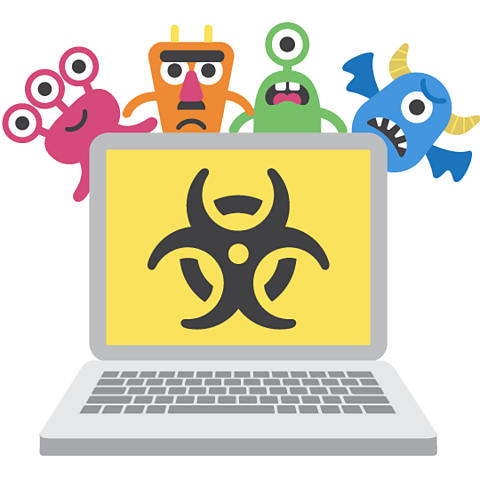
There are harmful programA sequence of instructions written in a coding language that a computer can understand. called malwareA program that is designed to deliberately damage a computing device or steal personal information. that can damage the software inside a digital device.
It does this by attacking the software that makes your device work properly.
The word malware comes from combining the words malicious (meaning harmful) and software (meaning program).
When a device is being attacked by malware, we say that it is infected.
Malware will often try to spread to other computers and devices using the internet.
It might become part of an email message attachmentA file, document or image that is linked to an email message., or pretend to be a photo or document that you are sharing.

What can happen to your device?
Malware is made to stop your device from running properly.
Sometimes, it will delete all your information and programs.
It might also try and steal your personal information and send it back to whoever created the malware.
Some signs that your device might be infected are:
- Your device slows down
- Your device stops working completely - this is called crashing
- Your device shuts down and restarts by itself - this is called rebooting
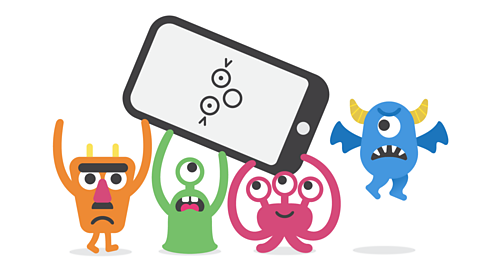
What different types of malware are there?
Viruses
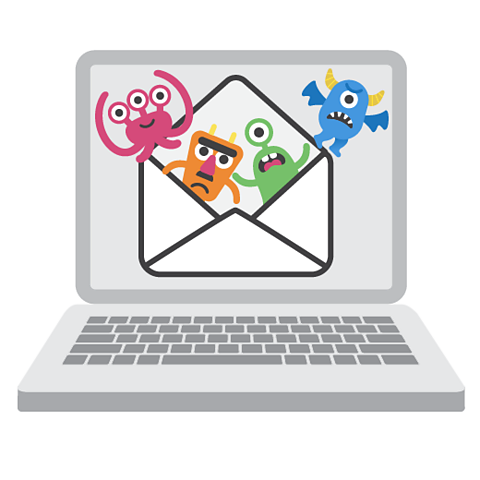
A virus is a type of malware that spreads by attaching itself to other programs.
It's named after the viruses that make people ill, like the common cold.
Once your device has a virus it may spread quickly to other devices, when you are connected to the internet.
A virus can secretly attach itself to an email. This way it can spread to your friends and family when you send them a message.
It can also copy itself onto a memory stick and infect another device that way.

Worms
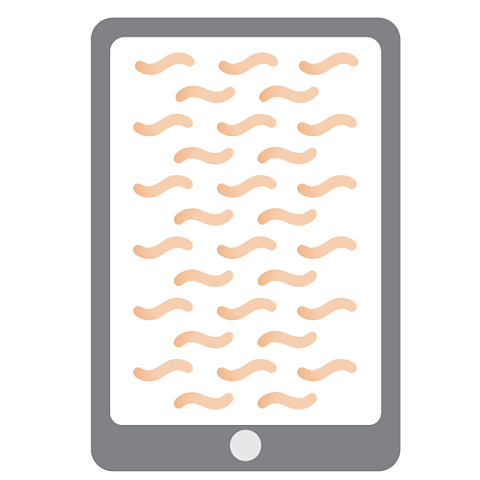
Worms can spread from device to device.
Unlike a virus, they don't need to attach themselves to other programs.
Worms can copy themselves hundreds of times, so they can very quickly harm your device.
A worm might copy itself onto your email account and send a copy of itself to all of your contacts!
Trojan horse
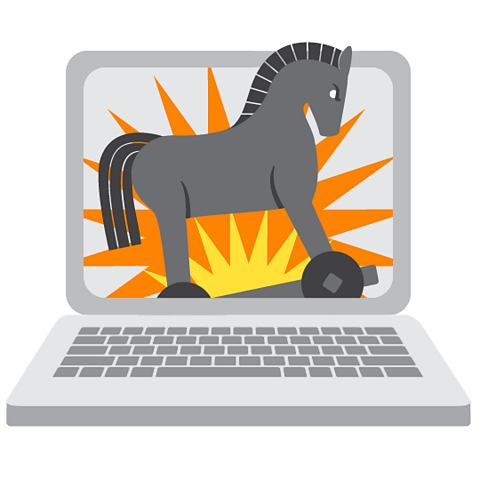
A trojan horse (or just a trojan) pretends it is a safe, useful computer program.
It will, however, try to attack your device.
Trojans are named after the Ancient Greek legend of the Trojan Horse.

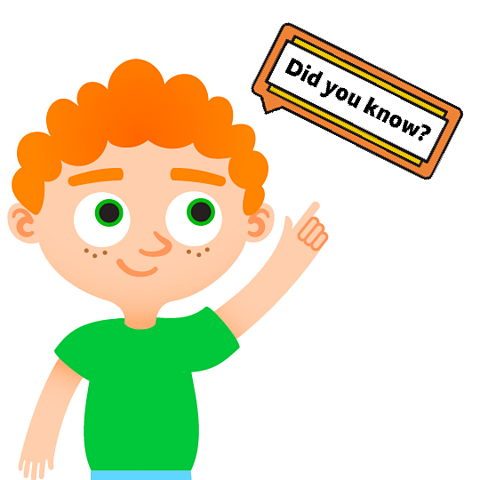
In the story, the Greek army sent a large wooden horse to the city of Troy.
The people of Troy thought it was a gift and wheeled it inside. They didn't know that there were Greek soldiers hiding inside waiting to attack.
Can you see how the trojan malware got its name?
Spyware

Spyware is malware that steals personal information about the user like:
- usernames
- passwords
- email addresses
It does this by keeping a record of everything the user types, which is called key logging.
Some spyware can even use your webcam without your knowledge!

How to avoid viruses and malware
Here are some top tips to protect your devices from a malware attack:
- Don't download any software or apps from the web, unless you have checked with an adult that it's safe.
- Never click on an email attachment, unless you know who it is from and what they are sending.
- If you get a strange or unusual message from a friend, let them know that they might be the victim of a malware attack.
- It's wise to cover your webcam when you are not using it.
There is a type of program called anti-virus software.
It checks and scans your device regularly for malware and helps to remove any it finds.
It's a good idea to use anti-virus software and run regular checks on your devices.


Remember if you are worried about any type of malware, check with a trusted adult
Activities
Computing - Dance Mat Typing. gameComputing - Dance Mat Typing
Build and test your computing skills with different levels of touch type challenges

More on Digital literacy
Find out more by working through a topic
- count5 of 12
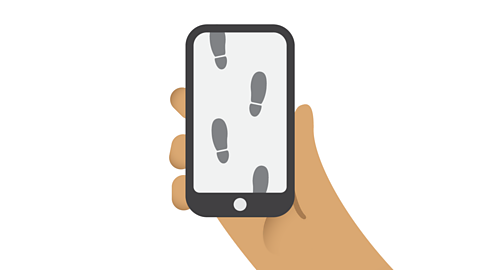
- count6 of 12
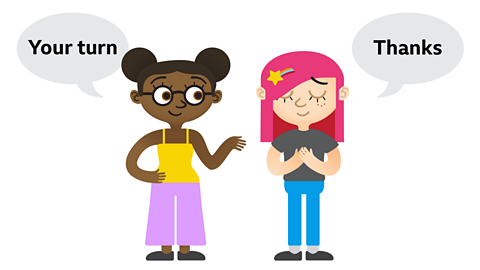
- count7 of 12

- count8 of 12
